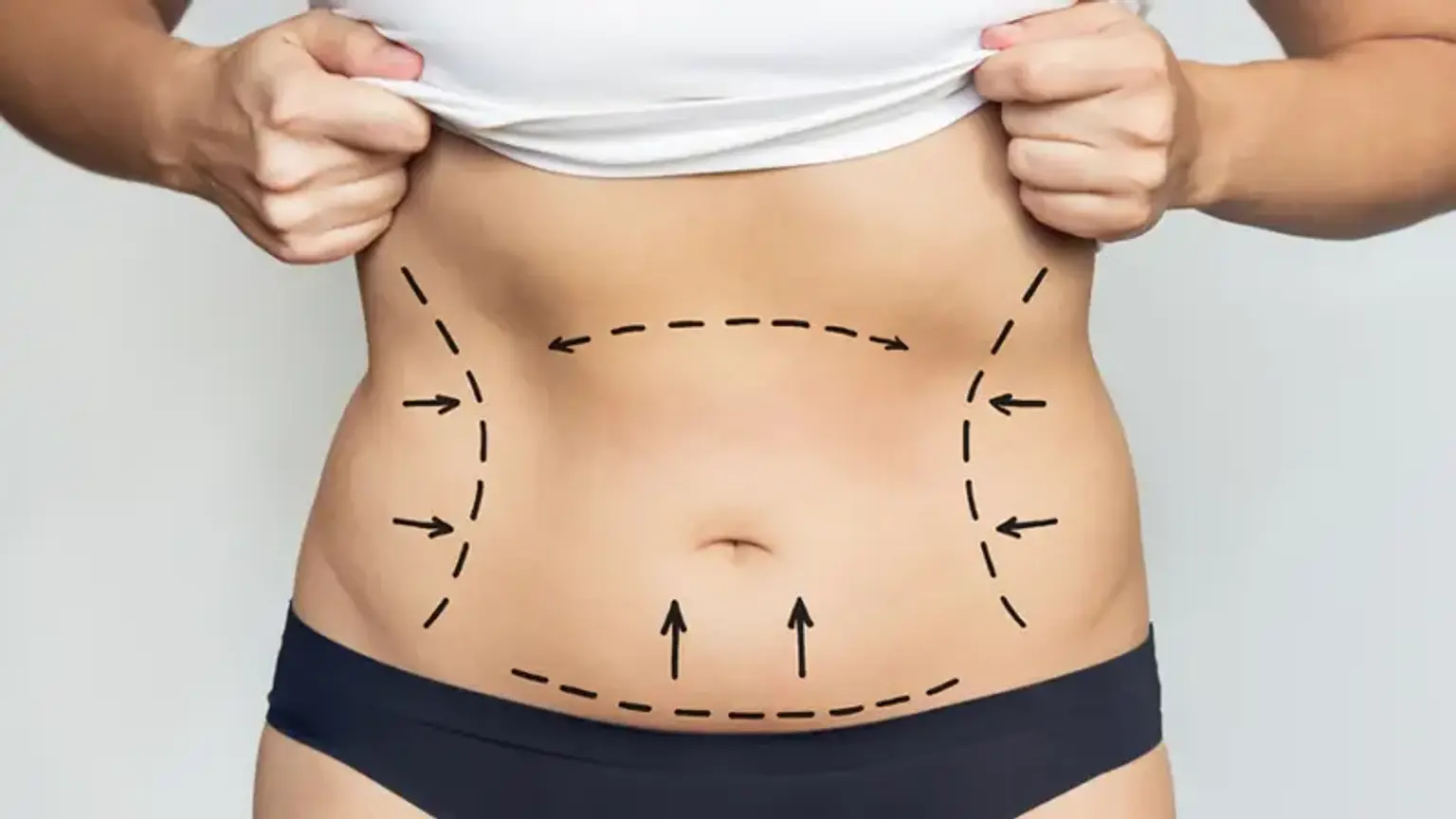Searching for the most cost-effective liposuction procedure? You might be surprised to learn that some of the top countries for body sculpting procedures are abroad — particularly Korea. With its state-of-the-art surgical centers, qualified surgeons and excellent patient care, Korea has quickly become a hub for cosmetic surgery and offers unbeatable deals on treatments like liposuction. In this blog post, we’ll explore how much you can save by opting to go overseas to get such procedures done in comparison with those performed in your home country. We’ll also look at what makes Korean clinics so appealing: their affordability, quality of care, technology used to perform surgeries and other benefits. So if you're interested in getting affordable yet high-quality liposuction specific to international travelers read on!
Introduction
Plastic surgery has advanced significantly since the first procedure was performed in 1917. Treatments for rebuilding and restoration have been a key area of focus. Many people seek plastic surgery to enhance their appearance because of unsatisfactory or serious injuries. More and more individuals, especially those working in the fashion and beauty industries, have noticed a boost in their self-confidence and productivity.
People who want to boost their self-confidence and physical appearance have flocked to fillers like Juvederm and plastic surgery procedures such as Botox. Those that wish to get plastic surgery while on vacation are increasingly choosing South Korea as their destination because, compared to some of the most popular Western nations, South Korea has much reduced plastic surgery costs.
